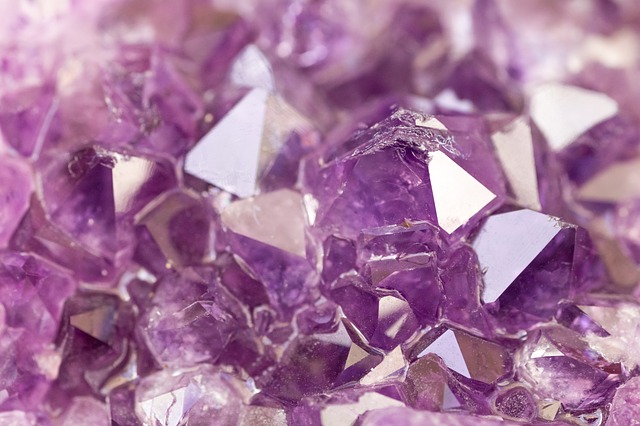Today we have a very special piece to bring you which focuses on an investment type which many of you have been asking us about, the world of mineral rights ownership. To help us today we have an old friend of mine Alan to help, who worked for a long time at the successful Ferrari Energy, a minerals acquisition company. One of the most common questions which you guys have been asking us is the difference between mineral rights and surface rights, and if in fact there is a difference between the two. With the expertise of Alan here is our breakdown of these two types of rights, and what, if any, is the key difference between the two, let’s take a look.
What Are Mineral Rights?
Simply put mineral rights are a property’s owners right to the content of the land beneath their property. Even if it is not known what is under the soil of a property, these rights can still be obtained and they will give that owner the permission to mine whatever is underneath and also to keep whatever it finds. Mineral rights can be bought and sold and in some cases the land which is owned by one person, may have the mineral rights owned by someone else if the previous owner has sold them.
What Are Surface Rights?
Surface rights are what we consider as being land ownership and it is the owners wish to build upon or to change the structure of the land which they own. It is important to mention that whilst a surface owner can of course dig into the land which they own in order to lay foundations for a structure or a property but they are not allowed to mine the earth unless they also have mineral rights. As we can see from what mineral rights are, it is possible to own both mineral and surface rights but it is also possible to own both sets of rights independently from one another. Many landowners who own both the surface rights and the mineral rights will look to make some money by selling the surface rights underneath the property. In a case like this however it is important to note that whilst the owner will have the rights to the surface, because they have sold the rights to what lies underneath, they then no longer have control over what happens in the surface if the new owner of the mineral rights wishes to dig.
Key Differences
As we can see the key difference between these two rights is that open exists below the surface and the other exits above, it is that simple. Both sets of right can be sold and bought depending on what is under there, and many investors can make a lot of money through the investment in companies which seek to acquire mineral rights.




